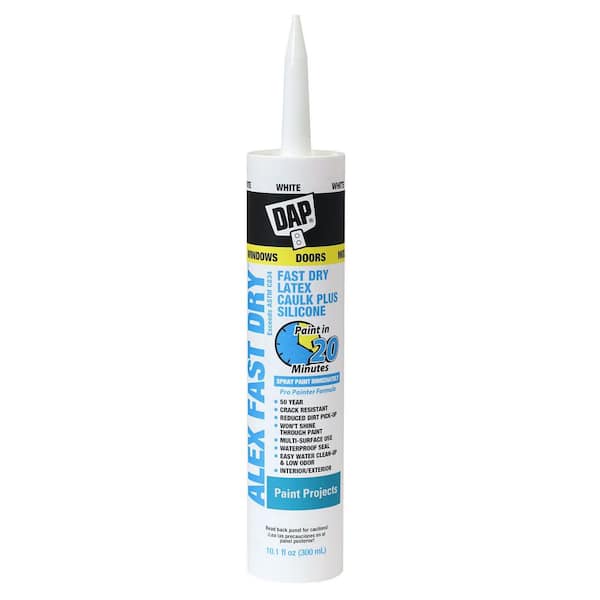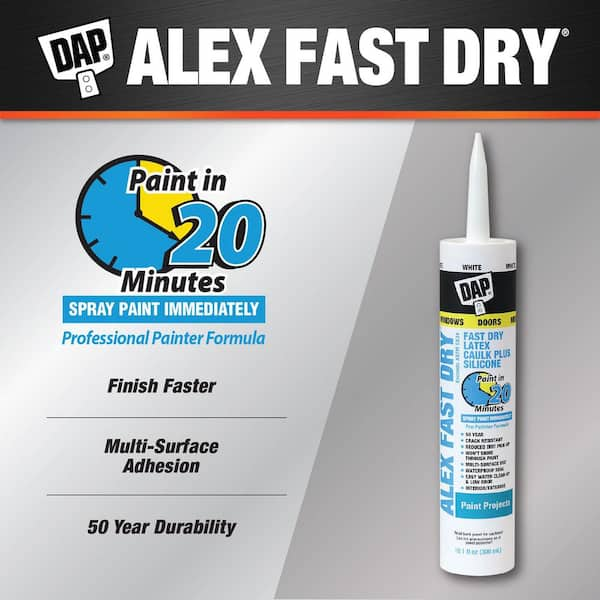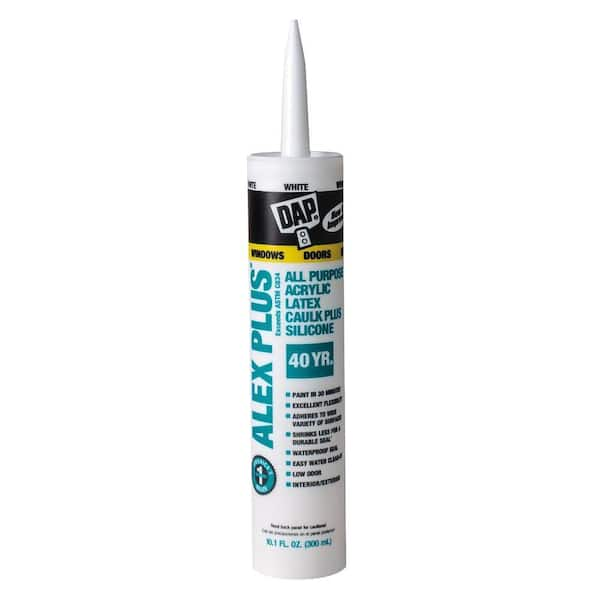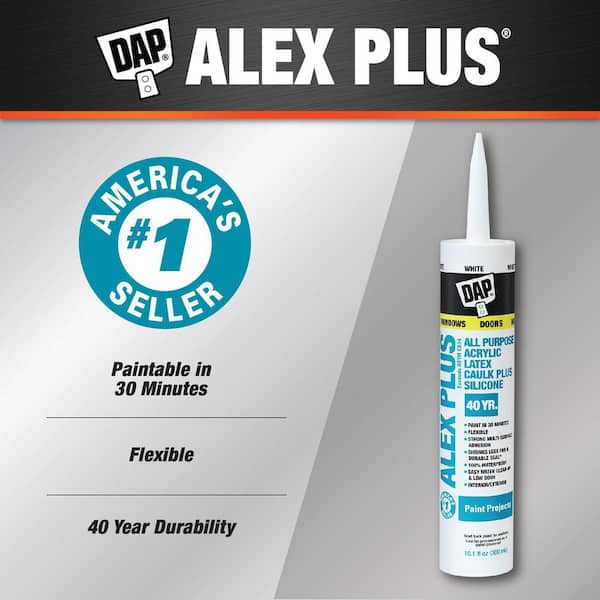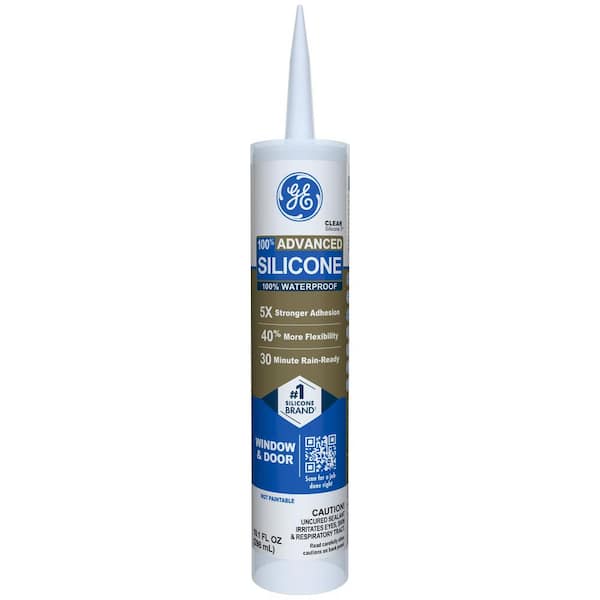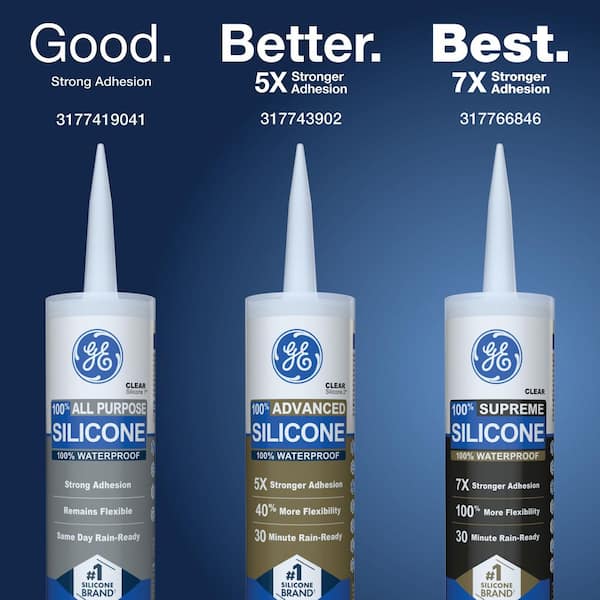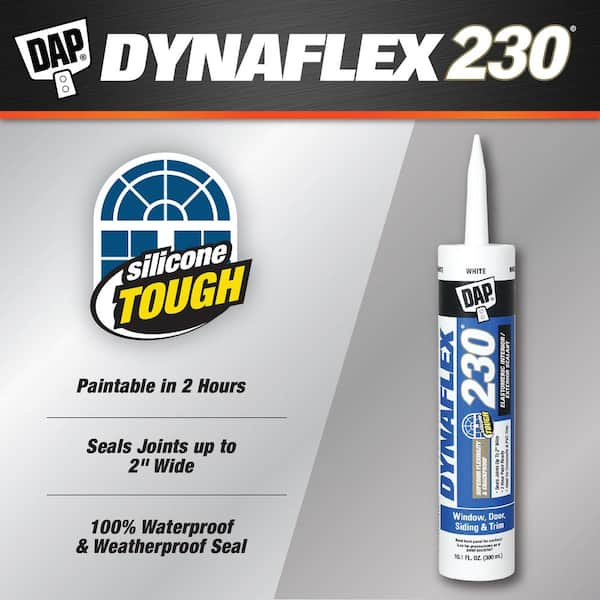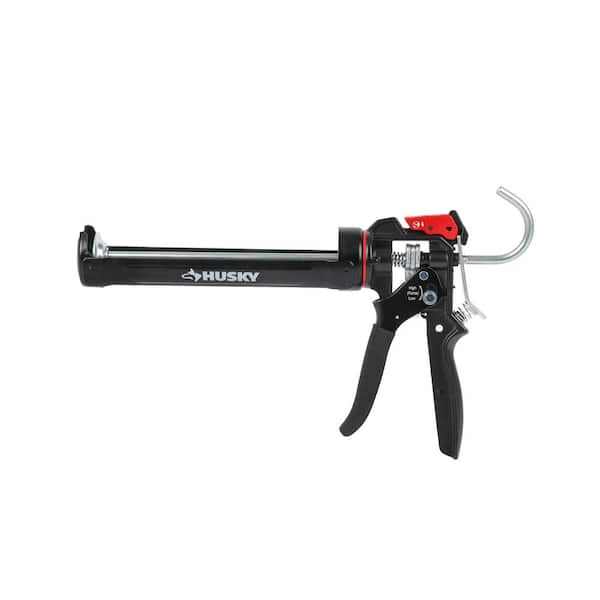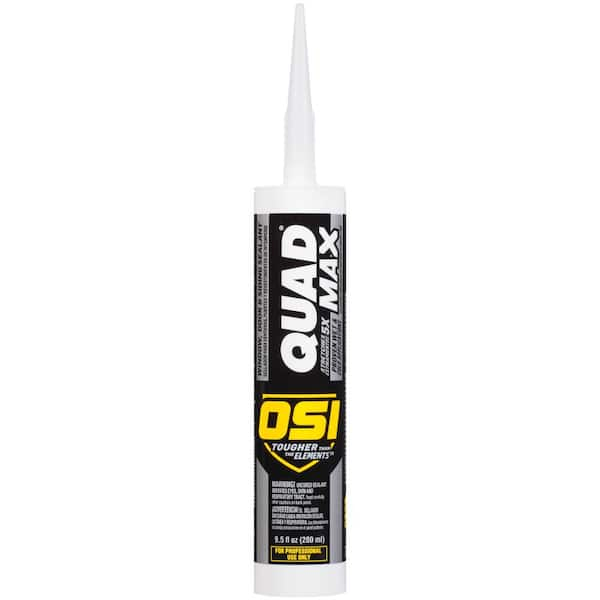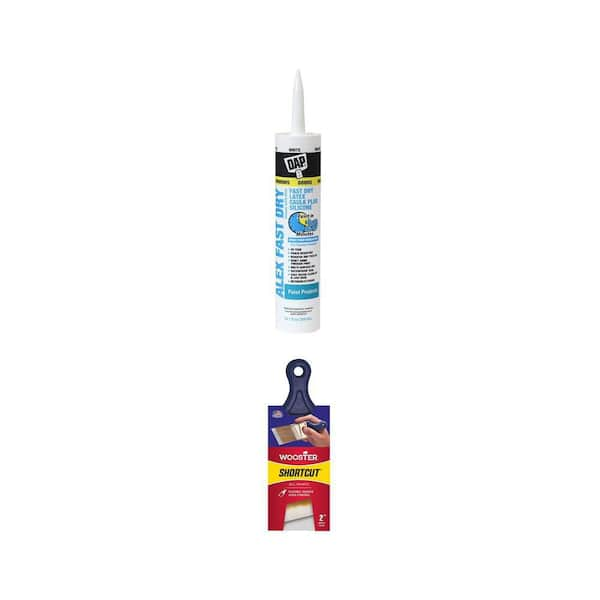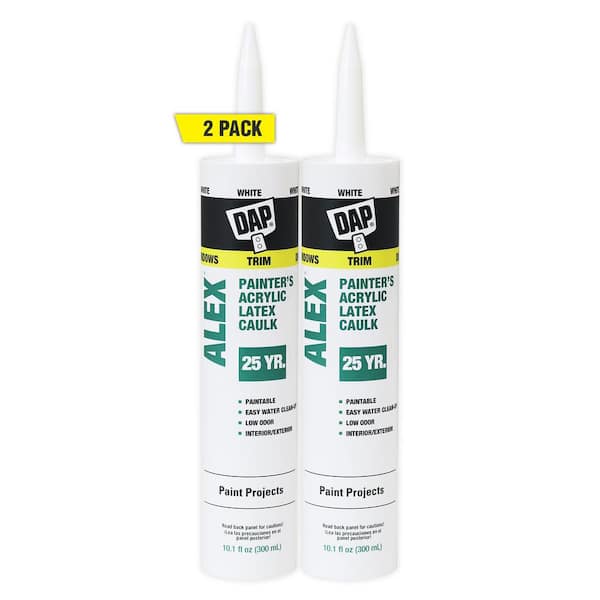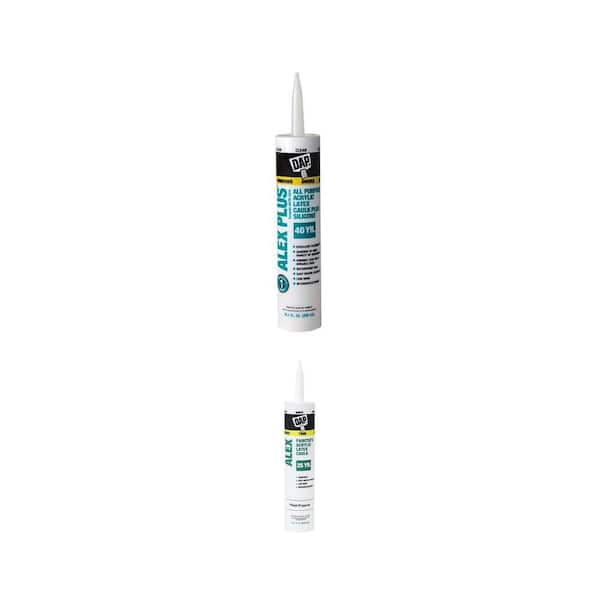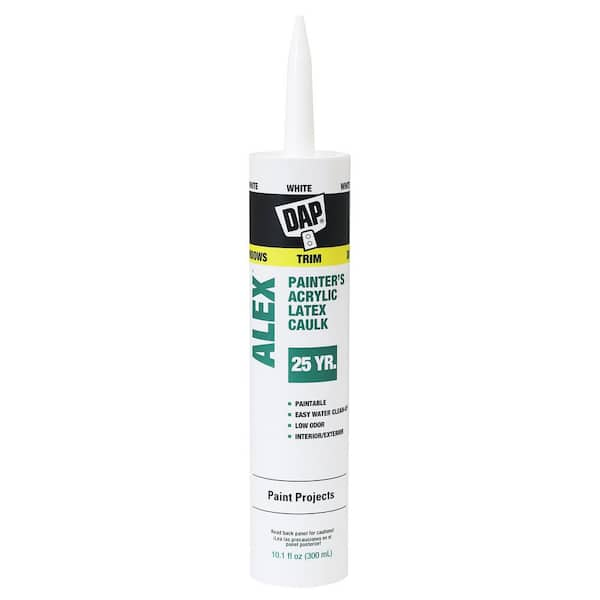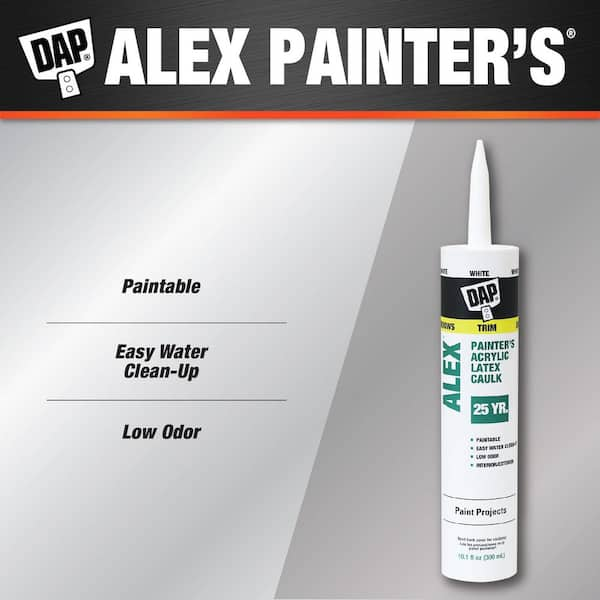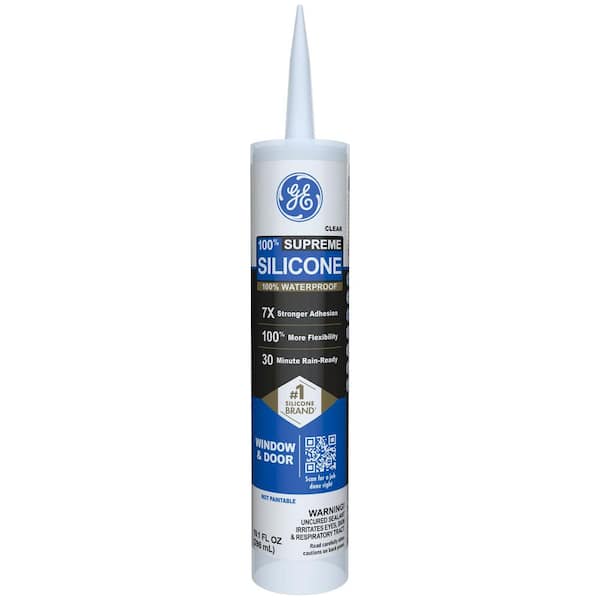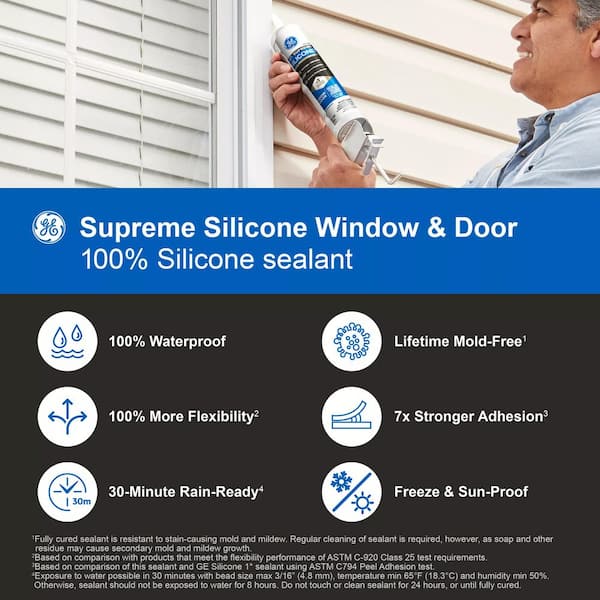Caulk & Sealants
CAULKS & SEALANTS by Project
;Resize=(703,395.44))
Kitchen & Bathroom
Resists mold and mildew in moisture-prone areas like sinks, tubs and showers.
;Resize=(703,395.44))
Blacktop & Roof
Repairs and seals roofs, gutters and asphalt surfaces against extreme weather conditions.
;Resize=(703,395.44))
.jpg.jpeg?im=Crop,rect=(-0.0032337287047155866,226.28459535256414,1199.463060873391,675);Resize=(703,395.44))
Specialty
Formulated for specific applications like fire blocking, soundproofing, concrete repair, high-temperature resistance and more.
;Resize=(703,395.44))
Multipurpose
Versatile for general sealing and repairs on various indoor and outdoor surfaces.
449 Results

)
)
)
)
)
)
